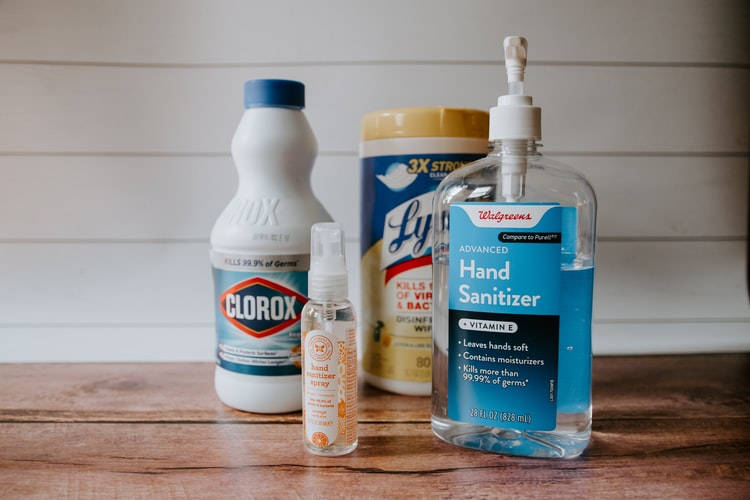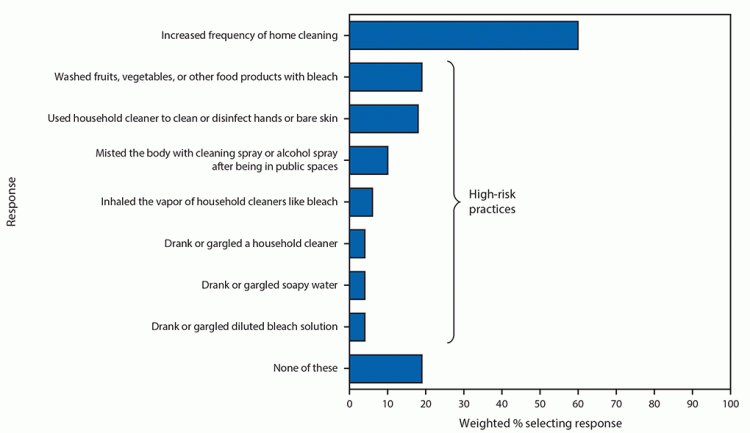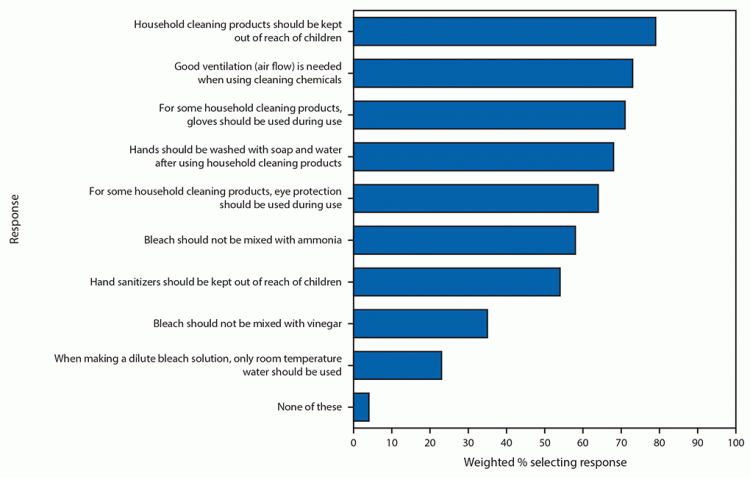The results of a recently-published survey conducted by the Center for Disease Control (CDC) suggest that 39 percent of Americans are using bleach and other high-risk cleaners in improper ways in order to prevent getting infected with the novel coronavirus.
After noticing an unusual spike in calls to poison control center about harmful exposures to household cleaning agents like bleach back in April, CDC researchers assumed the phenomenon was linked to the prevention of SARS-CoV-2 infection. But in order to get a clearer picture of the situation, the agency conducted an online survey regarding household cleaning knowledge and practices, and got some pretty unexpected results. It turns out some people intentionally gurgle bleach or inhale disinfectant fumes in order to prevent Covid-19.

Photo: Kelly Sikkema/Unsplash
The CDC surveyed 502 US adults and used statistical weighting to make this small pool representative for the entire United States population. 60 percent of respondents said they were doing more cleaning and disinfecting, because of the Covid-19 pandemic, and 39 percent admitted to doing at least one cleaning practice considered high-risk by the CDC.
19 percent of respondents admitted to washing fruits, vegetables, and other foods in bleach solutions, 18 percent said they washed themselves with toxic cleaners instead of soap, and a whopping 10 percent said that they misted themselves with bleach and other disinfectants.

Photo: CDC
The most concerning findings were that 6 percent of respondents said they intentionally inhaled the fumes of household cleaners, like bleach, and 4 percent of people admitted to gargling bleach or soap solutions and household cleaners. So it comes as no surprise that 25 percent of respondents also reported health symptoms like dizziness, skin irritation, nausea, and breathing problems after being exposed to cleaning agents.
Despite these concerning findings and overall poor results on a set off questions regarding safe cleaning practices, 82 percent said that they strongly agreed or somewhat agreed with the statement that they knew how to clean and disinfect their home safely…

Photo: CDC
“Despite the knowledge gaps and high-risk practices identified in this survey, most respondents believed that they knew how to clean and disinfect their homes safely,” the study authors concluded. “Thus, prevention messages should highlight identified gaps in knowledge about safe and effective practices and provide targeted information using innovative communication strategies (e.g., digital, social media) regarding safe cleaning and disinfection.”






